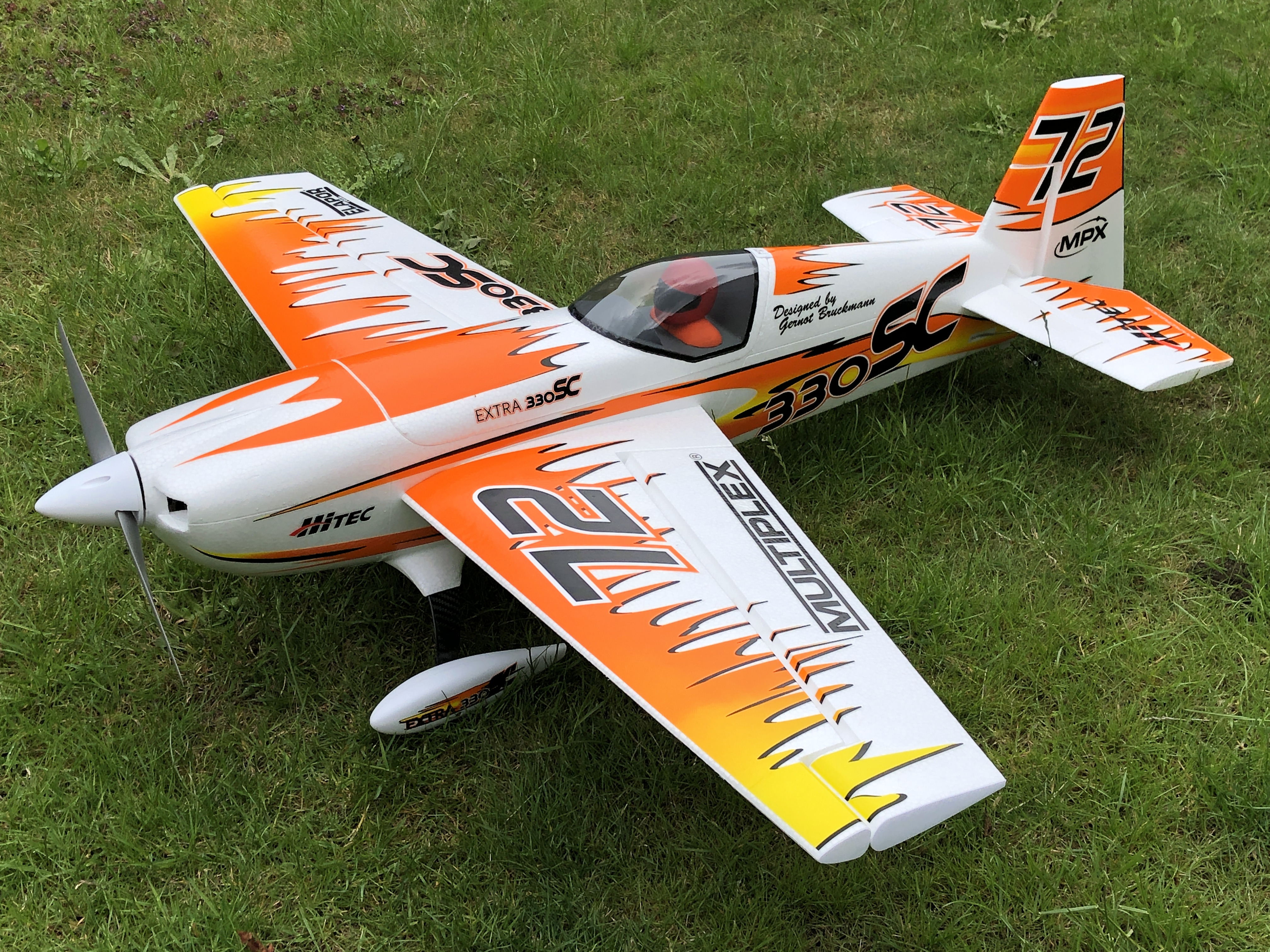-
Posts
687 -
Joined
-
Last visited
-
Days Won
5
Content Type
Profiles
Forums
Blogs
Gallery
Calendar
Downloads
Everything posted by EvilC57
-
Er, not sure that we are. But this ‘progress’ is imposed upon us by those in charge, who think they know best.
-

Latest NX Tx Updates and a Question on Units of Measurement
EvilC57 replied to EvilC57's topic in Spektrum/JR
Yep, I see the new update is V4.00A.15. I shall probably wait until V4.01A.15 (or whatever their minor release increment is) before I risk it. -

Latest NX Tx Updates and a Question on Units of Measurement
EvilC57 replied to EvilC57's topic in Spektrum/JR
Well done PDB that’s sorted it. Thanks for that, I should RTFM 🙂! -
I see that a series of Spektrum firmware updates landed on July 18th. Firstly, has anyone installed the latest one as a result of this for their NX10, and does all appear to be OK? I’m not asking because I’ve had a problem, but I’d just like to hear a few opinions before I rush into things. Second, I have a UK (European) spec NX10, and telemetry altitude (with a suitable receiver) displays in metres, however I noticed recently on an American YouTube video that the guy’s NX series Tx was displaying altitude in feet. Does anyone know if it’s possible to change the units of measurement in the transmitter? I’ve been all through the system setup menus on my NX10, and can’t find a way of doing it.
-

Hi from an old newbie anyone remember keil kraft
EvilC57 replied to Paul Richardson's topic in Why Not Say Hello....
I have memories of having a Keil Kraft handbook with a sky blue cover with a silver coloured model on it when I was a teenager, so I suspect it must have been the one below (internet picture). I seem to remember I used to look longingly at the ‘proportional’ radio sets in it among other things - WAY beyond my means in those days. I’m not sure what happened to the book, but it would be interesting to see a copy now. I saw one on eBay a few years ago and I wish I’d taken to opportunity to buy it, but at the time I thought the price was a bit high. -

Hi from an old newbie anyone remember keil kraft
EvilC57 replied to Paul Richardson's topic in Why Not Say Hello....
I had a KK Invader when I was about 12 in 1969/70. 96p, that was about 2 weeks pocket money! -
Always be very cynical about any special offers etc. that seem too good to be true, BECAUSE THEY ARE. I received the unsolicited email below a couple of days ago, and immediately reported it and moved it to my junk folder. Report suspicious emails to [email protected], which is the government cyber crime reporting email address. They can then investigate and get them stopped.
-

So called " Driving aids" on new cars , help or hinderence ?
EvilC57 replied to Engine Doctor's topic in Chit-chat
Apologies, I’ll reread the entire thread before posting next time 😜! -

So called " Driving aids" on new cars , help or hinderence ?
EvilC57 replied to Engine Doctor's topic in Chit-chat
From this month’s Which? magazine. Topical I think… -

So called " Driving aids" on new cars , help or hinderence ?
EvilC57 replied to Engine Doctor's topic in Chit-chat
Sounds like a couple of TVRs I had before I discovered aeromodelling (just as much fun, but far, far cheaper!). No ABS or traction control, little crash protection, no airbags, and used to aquaplane for a pastime. Sounded good though - when they weren’t broken down at the side of the road! -

So called " Driving aids" on new cars , help or hinderence ?
EvilC57 replied to Engine Doctor's topic in Chit-chat
That’s my favourite driver aid on my Toyota RAV4. It’s very useful for ling up in parking bays and tight spaces. -
As others have said, there are plastic parts around the carb on this engine, so be careful. However I have found that even just a little bit of heat from a hot air gun will help soften the gunge that’s stopping the throttle barrel rotation.
-
All this talk of tangled cables reminds me of a cleaner we once had at work, who used to pull a cylinder type vacuum cleaner around behind her with the most awfully tangled mains cable we’d ever seen in our lives. This was bought about by the fact that she used to wind the cable up (around her elbow) from the plug end. We tried explaining to her several times that if she wound it from the vacuum cleaner end, it wouldn’t happen because the plug would spin around on the floor as she went, therefore removing the twists. She just couldn’t get it - you can’t help some people!
-
Me launching my rubber powered KeilKraft model at the age of around 9 or 10 in 1966/67. I’m sure someone can tell me what model it was. I still hand launch models today, but they tend to be somewhat faster EDFs and E2K racers. I had a KK Phantom Mite control line model later too when I was around 14 or 15 (I thought I had a picture somewhere but can’t seem to find it). It was wrecked for me by a friend from school, who came to help me fly it in the local park one day. He insisted on having a go, and despite my protests that he’d never flown anything before and would break it, he bullied me into letting him have a go - with the inevitable result!
-
Mine are thermal printer labels either inside the cockpit if easily accessible, or stuck discreetly on the side of the fuselage under the tail.
-

Look at life. Model planes tv programme
EvilC57 replied to Gavin Mack's topic in All Things Model Flying
I seem to remember a post, I think on this forum, a couple of years ago with a link to a webpage with a number of (by today’s standards) non-pc aeromodelling magazine front covers. Most interesting it was 🤩!



